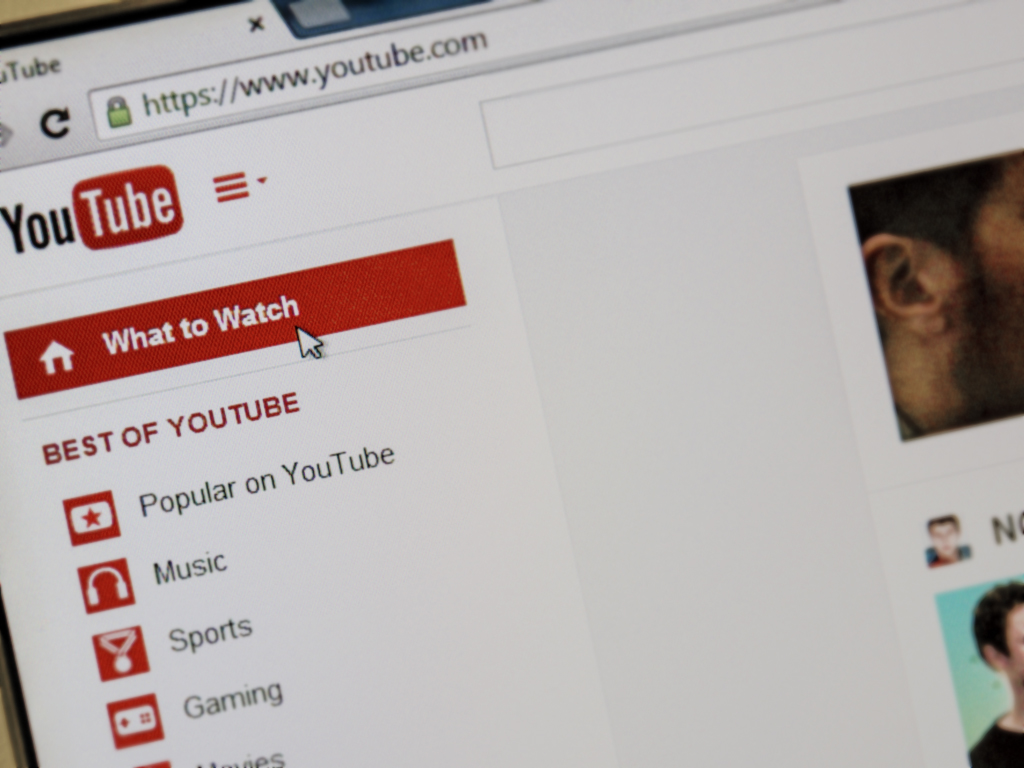It’s estimated that more than 100 hours of footage is uploaded to YouTube every minute! So how do you make your own content stand out when you have millions of videos to contend with? How do you get people to view YOUR video?
This article marks the start of a series of posts which cover the subject of Video SEO. Here you will find great insights from some the worlds best speakers, authors and practitioners in online video.
They will share their advice, tips and tricks into how to utilize video in the best ways, whether it be hosted on your own domain or video giant YouTube.
Our first expert doesn’t need an introduction at all. Greg Jarboe, from SEO-PR, shares with us his ‘Top 10 Tips for Video SEO’. I’ve had the privilege to view Greg give a presentation at SES London in the past on the subject of ‘B2B Video Marketing’. I learnt a tremendous amount from that presentation and have continued to learn more from his top tips below. Greg has also written a popular book on using video for digital marketing called YouTube and Video Marketing: An Hour a Day.
‘Top 10 Tips for Video SEO’ by Greg Jarboe
I’ve been asked to share my top 10 tips for video SEO, but they come with an advisory: best if used before the next algorithm update. For example, YouTube officially replaced “view count” with “watch time” as a ranking factor in October 2012. On the other hand, “relevance” has remained a ranking factor since the early days: i.e. before Google acquired YouTube for $1.65 billion in October 2006. So, recognizing that some things will change, while others will remain the same, here are my top 10 tips for video SEO (freshness date: June 25, 2014):
- Conduct keyword research. Use Google Trends, which has added YouTube search data going back to 2008, to conduct keyword research to find keywords that work in YouTube, the world’s second-largest search engine,as well as Google. For example, web search interest in “Chevy” and “Chevrolet” are the same this month. But, if you compare the YouTube search interest for these two terms, you’ll see that “Chevy” is almost twice as popular as “Chevrolet.”
- Optimize your content’s metadata. YouTube uses metadata – your video’s title, description, and tags – to index your video correctly. To maximize your presence in search and suggested videos, make sure your metadata is well-optimized. Your title can be up to 100 characters long. Your description can include up to 5,000 characters. Your tags can be up to 120 characters. Use every one of these limits for each of your videos. You canupdate the metadata on older videos if your title, tags or descriptions aren’t optimized. This can increase views even if the video’s been public for a long time.
- Create custom thumbnails for your videos. If your account is verified and in good standing, you may have the ability to upload custom thumbnails for your video uploads. Your custom thumbnail image should be as large as possible, since the image will also be used as the preview image in the embedded player. Custom thumbnails should:
- Have a resolution of 1280x720 (with minimum width of 640 pixels).
- Are uploaded in image formats such as .JPG, .GIF, .BMP, or .PNG.
- Remain under the 2MB limit.
- Use a 16:9 aspect ratio since it’s the most used in YouTube players and previews.
- Use annotations on your videos.Annotations are clickable overlays that you can add to your YouTube videos. Annotations are a great way to encourage your viewers to engage with your video and take meaningful actions as a result. The key is creating an annotations experience that is conversational and interactive.
- Use captions on your videos. Providing captions not only make your work accessible to a wider audience, it also acts as additional metadata which helps your video show up in more places on the site. If your video is captioned for multiple languages, it will also be searchable in those languages.
- Create and optimize playlists. Playlists allow you to collect, organize and publish multiple videos together. They increase watch time and create another asset that will appear in search results and in Suggested Videos. You can create playlists using your own videos, other videos, or a combination of both.
- Optimize your channel name, icon and description. Several customizable channel features help ensure that you’re making your brand more discoverable across YouTube. Pick a short, memorable channel name. This will appear widely across YouTube, so make sure it’s the best representation of your brand. Upload a square, high-resolution image to be your channel’s icon across YouTube. The image will appear alongside all your videos on the watch page. (In most cases, you can use your brand’s logo.) The first few words of your channel description appear most frequently across the site, so highlight your most important branding upfront.
- Use YouTube’s watch time optimization tips. Create a compelling opening to your videos and then use programming, branding, and packaging techniques to maintain and build interest throughout the video. Build your subscriber base: subscribers are your most loyal fans and will be notified of new videos and playlists to watch. Involve your audience in your videos, encourage comments, and interact with your viewers. Build long watch-time sessions for your content by organizing and featuring content on your channel. Create a regular release schedule for your videos when uploading to encourage viewers to watch sets of videos over single videos.
- Use YouTube Analytics regularly. The Traffic Sources Report shows you which search terms people are using to find your video. The Views Report identifies which videos have the greatest view times and view-through rates. And the Audience Retention Report indicates which videos are successful at keeping viewers watching.
- Explore YouTube alternatives. A year ago, I declared, “The Video SEO War is Over … and YouTube Won!” But that was back when Searchmetrics was reporting that about 8 out of 10 video integrations in Google Universal Search in the U.S. were from YouTube. Today, the video SEO war has heated up again. So, it’s worth exploring other video sites like Vimeo. It’s worth looking at online video platforms such as Brightcove. It’s worth checking out mobile video apps like Vine. And outside of the U.S., it may even be necessary to investigate China’s biggest video site, Youku Tudou.
These are my top 10 tips for video SEO … at this point in time. But I expect about 3 of these tips will be out-of-date a year from now. That would be consistent with the normal rate of change for the YouTube and video environment. As Mark Twain once said, “If you don’t like the weather in New England now, just wait a few minutes.”


